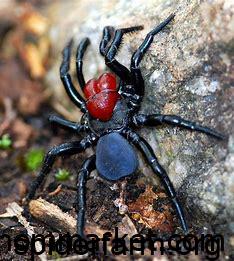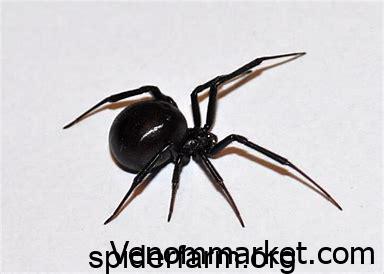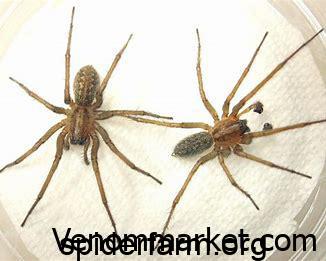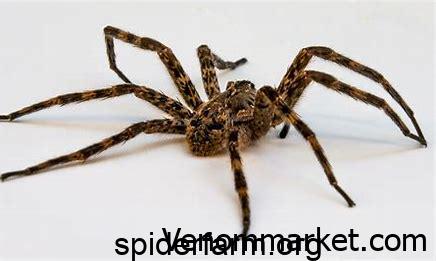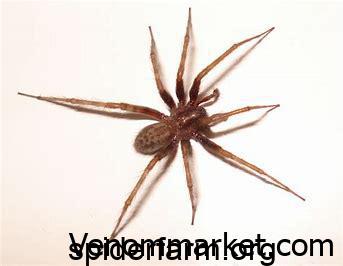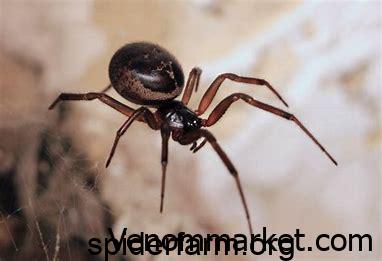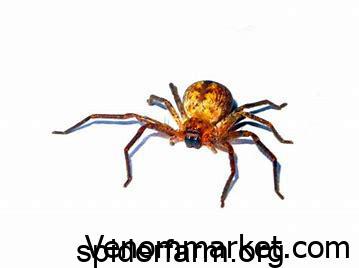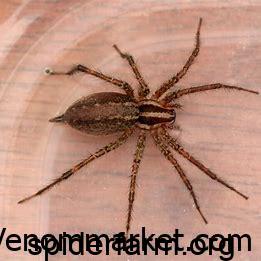Scorpions glow in the dark
Scorpions glow in the dark
For reasons that scientists are still debating, scorpions glow under ultraviolet light. A scorpion’s cuticle, or skin, absorbs ultraviolet light and reflects it as visible light. This makes the work of scorpion researchers considerably easier. They can take a black light into scorpion habitat at night and make their subjects light up! Though only about 600 scorpion species were known a few decades ago, scientists have now documented and collected close to 2,000 kinds by using UV lights to locate them. When a scorpion molts, its new cuticle is initially soft and doesn’t contain the substance that causes fluorescence. So, recently molted scorpions don’t glow in the dark. Scorpion fossils can still fluoresce, despite spending hundreds of millions of years embedded in rock.
Scorpions eat just about anything they can subdue and consume
Scorpions are nocturnal hunters. Most scorpions prey on insects, spiders, and other arthropods, but some feed on grubs and earthworms. Larger scorpions can eat larger prey, of course, and some are known to feed on small rodents and lizards. While many will eat whatever they find that seems appetizing, others specialize in particular prey, such as certain families of beetles or burrowing spiders. A hungry mother scorpion will eat her own babies if resources are scarce.

Scorpions are venomous
Yes, scorpions do produce venom. The scary-looking tail is actually 5 segments of the abdomen, curved upward, with a final segment called a telson at the end. The telson is where the venom is produced. At the tip of the telson is a sharp needle-like structure called the aculeus. That’s the venom delivery apparatus. A scorpion can control when it produces venom and how potent the venom is, depending on whether it needs to kill prey or defend itself from predators.

Scorpions aren’t all that dangerous to people
Sure, scorpions can sting, and being stung by a scorpion isn’t exactly fun. But the truth is, with few exceptions, scorpions can’t do much harm to humans. Of the nearly 2,000 known species of scorpions in the world, only 25 are known to produce venom powerful enough to pack a dangerous punch to an adult. Young children are at greater risk, simply because of their smaller size. In the U.S., there’s only one scorpion that is worth worrying about. The Arizona bark scorpion, Centruroides sculpturatus, does produce venom strong enough to kill a small child. Fortunately, antivenom is widely available in medical facilities throughout its range, so deaths are rare.
scorpion venom
Females are often bulkier and have thinner pincers than the males. These differences, however, can be subtle. The pectines on the underside of scorpions can be inspected to give the you an idea of their scorpion’s sex. Place the scorpion in a clear plastic tub and hold it up to inspect the underside of the scorpion. Typically, males have longer combs on their pectines and females have shorter and often fewer combs on their pectines
Scorpion Venom




